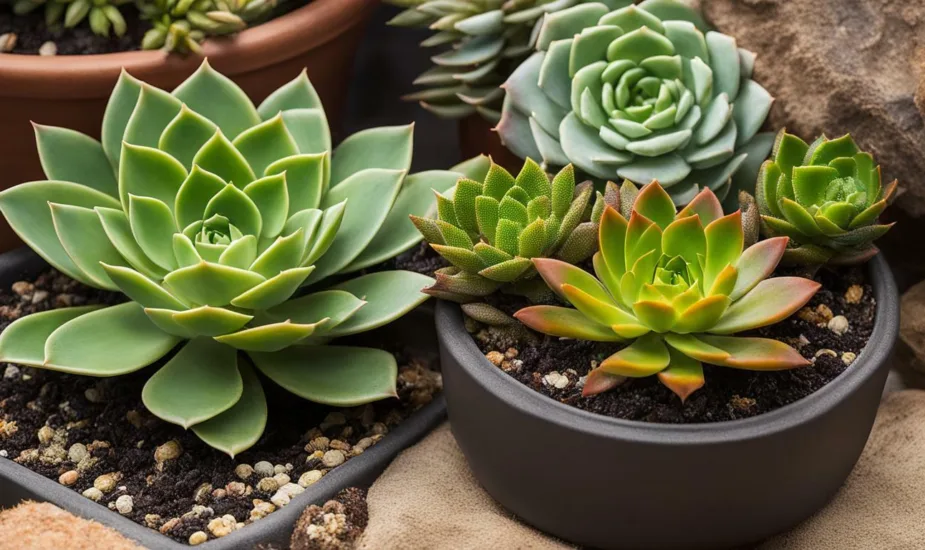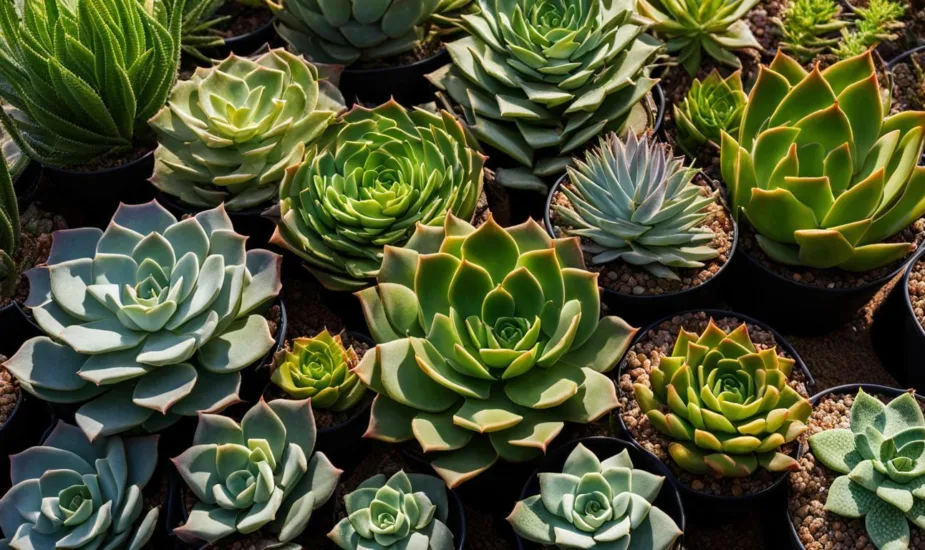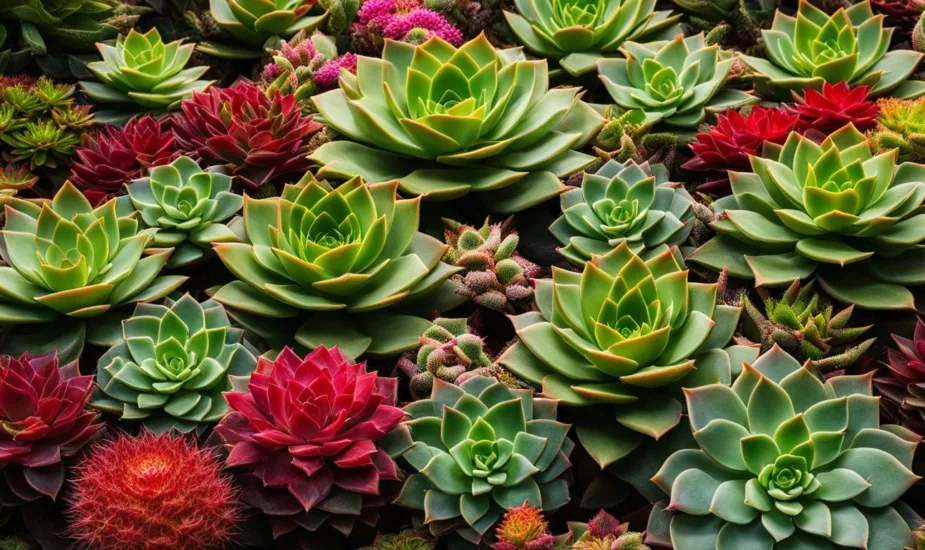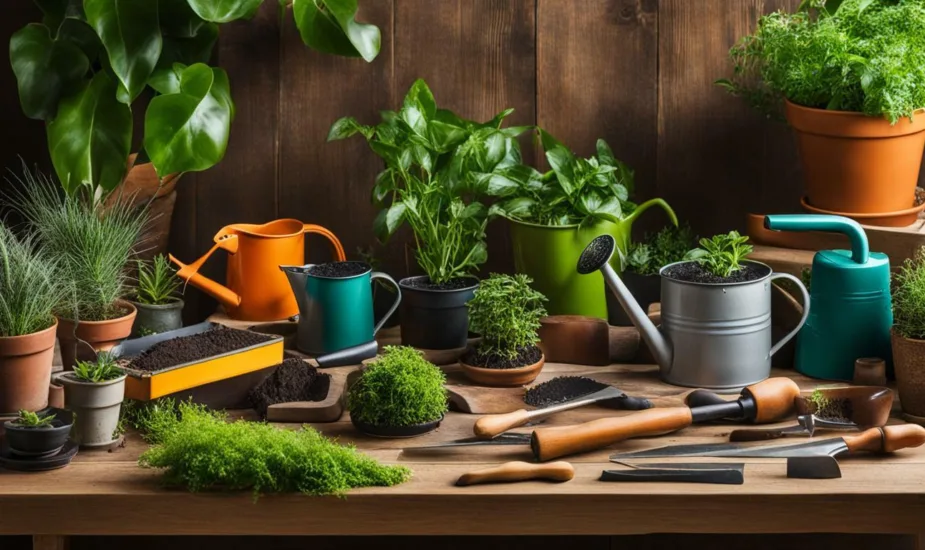Growing Pansies in Pots: Planting Tips and Tricks

As a gardening enthusiast, I take great pleasure in growing pansies in pots. Pansies are colorful, versatile, and easy to grow, making them an excellent choice for container gardening. Whether you’re a seasoned gardener or a beginner, planting pansies in pots is a fantastic way to add beauty and charm to any space.
In this section, I will share my expert tips and tricks for growing pansies in pots successfully. From selecting the right pots to caring for your plants, I will guide you through each step to help you create vibrant and long-lasting blooms.
Key Takeaways:
- Pansies are an excellent choice for container gardening.
- Planting pansies in pots adds beauty and charm to any space.
- With these expert tips and tricks, you can grow vibrant and long-lasting blooms.
Why Choose Pansies for Container Gardening?
As a copywriting journalist who has spent years covering gardening and horticulture, I can assure you that pansies are an excellent choice for container gardening. These beautiful flowers are known for their vibrant colors and delicate blooms that add a touch of elegance to any outdoor space. But what makes pansies such a great pick for container gardening? Let’s explore.
- Pansies are versatile. They come in a wide range of colors, sizes, and shapes, making them perfect for mixing and matching in container gardens. Whether you prefer bold, bright hues or soft pastels, you can find a pansy variety to suit your style.
- Pansies are low maintenance. These hardy plants are relatively easy to care for, making them ideal for beginners and seasoned gardeners alike. With proper watering and fertilizing, pansies can bloom for months on end, adding color and beauty to your outdoor space.
- Pansies love cool weather. Unlike many other flowers, pansies actually prefer cooler temperatures. This means they can thrive in containers during the spring and fall months, when other plants may struggle to survive.
- Pansies attract pollinators. If you’re looking to attract bees, butterflies, and other pollinators to your garden, pansies are an excellent choice. These flowers produce nectar and pollen that bees and butterflies love, making them a valuable addition to any container garden.
In short, pansies are a reliable, low-maintenance, and beautiful flower that can add color and charm to your container garden. In the next sections, we will explore how to select the right pots, prepare the soil, and care for your pansies to ensure healthy growth and abundant blooms.
Selecting the Right Pots for Planting Pansies
Choosing the right pots for planting pansies is essential to ensure healthy growth and vibrant blooms. The first factor to consider is size. Pots that are too small can restrict root growth and lead to stunted plants, while pots that are too large can hold too much water and drown the pansies.
As a general rule, select pots that are at least 8 inches in diameter and 6 inches deep. These dimensions will provide ample room for the roots to grow without sacrificing drainage. Additionally, consider the material of the pots. Clay pots are porous and allow for air movement, which can be beneficial in preventing root rot. Plastic pots are lightweight and retain moisture better.
| Pot Material | Advantages | Disadvantages |
|---|---|---|
| Clay | Allows for air movement, prevents root rot | Dries out quickly, can crack in freezing temperatures |
| Plastic | Lightweight, retains moisture better | Can become brittle in sunlight, not as porous for air movement |
Lastly, ensure the pots have proper drainage holes to allow excess water to drain out. Without proper drainage, pansies can develop root rot and other diseases. It is also helpful to elevate the pots slightly off the ground to promote air circulation and prevent waterlogging.

Preparing the Soil for Pansies in Pots
When it comes to growing pansies in pots, the soil is a critical factor for their survival and thriving. The roots of potted pansies are limited to the small space within the container, which means they rely entirely on the soil for moisture, nutrients, and support. That’s why preparing the soil correctly is essential for healthy and vibrant blooms.
Choosing the Right Soil for Pansies in Containers
The ideal potting medium for pansies in containers should be loose, well-drained, and rich in organic matter. Avoid using heavy garden soil, which can become compacted and suffocate the roots, as well as potting mixes that contain large amounts of peat moss, which can cause the soil to dry out quickly. Instead, opt for a well-balanced mix that combines equal parts of high-quality compost, sand, and perlite or vermiculite. You can also add a slow-release fertilizer to the mix to provide the plants with the necessary nutrients throughout the growing season.
Amending the Soil for Pansies in Pots
If you’re reusing the potting soil from the previous season, it’s essential to amend it before planting your pansies. You can do this by removing the top 2-3 inches of the soil and replacing it with fresh compost. This helps to replenish the microorganisms and nutrients that were depleted during the previous growing season. You can also add a granular fertilizer that is high in phosphorus, which is essential for flower production.
Ensuring Proper Drainage for Pansies in Pots
Good drainage is another critical factor for the success of pansies in pots. Pansies prefer a soil that is moist but not waterlogged, which means excess water must drain away quickly to prevent root rot and other fungal diseases. Ensure that your pots have ample drainage holes on the bottom and add a layer of gravel or broken pottery to the bottom of the container before adding the soil. This will help to improve drainage and prevent water from accumulating at the bottom of the pot.
With the right soil, your pansies will thrive in their containers, providing you with beautiful and long-lasting blooms.

Planting Pansies in Containers: Step-by-Step Guide
Now that you’ve selected the perfect pot and prepared the soil, it’s time to start planting your pansies. Here’s a step-by-step guide:
- Choose the right time: Plant pansies in containers in the early spring or fall. Avoid planting during the summer heat.
- Add potting mix: Add a layer of potting mix to the bottom of the container, filling it up to one-third of the pot.
- Add pansies: Carefully remove the pansies from their containers and place them in the pot. Position them so that they are evenly spaced and at the same height as they were in their original containers.
- Add more potting mix: Fill the pot with potting mix until it reaches about half an inch below the rim of the container.
- Water: Water the pansies thoroughly, making sure that the soil is evenly moist.
- Repeat: Repeat steps 3-5 until the container is full.
- Add mulch: Add a layer of mulch on top of the soil to help retain moisture and prevent weeds.
Remember to place the container in a location that receives the appropriate amount of sunlight and water regularly.

Caring for Pansies in Pots
Proper care is essential for maintaining healthy and vibrant pansies in pots. Here are some essential tips for keeping your pansies thriving:
Watering
Watering is critical for pansies in pots, especially during hot and dry weather. The soil in pots can dry out quickly, causing stress to the plants. To prevent this, water your pansies deeply and regularly, ensuring the soil is moist but not waterlogged. Avoid watering during the hottest part of the day and instead water early in the morning or later in the evening.
Fertilizing
Pansies in pots benefit from regular fertilizing to promote healthy growth and abundant blooms. Use a balanced fertilizer every four to six weeks during the growing season, following the package instructions for application rates. Alternatively, use a slow-release fertilizer at the beginning of the season, which will feed your plants over several months.
Deadheading
To encourage continuous flowering, remove spent blooms by pinching or snipping off the stem just below the flower head. This process, called deadheading, redirects the plant’s energy towards producing more blooms rather than producing seeds.
Pest and Disease Control
Keep an eye out for common pests such as aphids, slugs, and snails, and treat them promptly to prevent damage to your pansies. Additionally, watch for signs of disease, such as leaf spots or wilting, and take action as soon as possible. Remove infected plant parts, avoid overhead watering, and ensure good air circulation to prevent fungal growth.

By following these care tips, your pansies in pots will reward you with beautiful blooms throughout the growing season. Remember to water deeply and regularly, fertilize regularly, deadhead spent blooms, and keep an eye out for pests and disease. With proper care, your pansies will thrive in their container garden and provide you with joy and beauty year after year.
Troubleshooting Common Issues with Pansies in Pots
While growing pansies in pots can be a rewarding experience, there are some common problems that gardeners may encounter. Here are some troubleshooting tips to help you maintain your pansies in pots.
Problem: Leggy Growth
If your pansies are growing leggy, with long, spindly stems, it may be due to insufficient light. While pansies prefer cooler temperatures, they still require at least six hours of direct sunlight per day. Move your pots to a sunnier location to encourage compact, sturdy growth.
Problem: Wilting or Yellowing Leaves
Wilting or yellowing leaves are often a sign of overwatering. Pansies prefer moist but well-drained soil, so make sure your pots have adequate drainage holes and allow the soil to dry out slightly between watering. If the soil feels dry to the touch, it’s time to water.
Problem: Few or No Blooms
If your pansies are not blooming, it may be due to under-fertilization. Pansies are heavy feeders and require regular fertilization throughout the growing season. Use a balanced fertilizer every two weeks to encourage healthy growth and abundant blooms.
Problem: Pest or Disease Infestation
Pansies can be susceptible to a variety of pests and diseases, including aphids, slugs, and powdery mildew. To prevent infestations, keep your pots clean and free of debris, and avoid overhead watering. If an infestation does occur, treat the problem immediately with an appropriate pesticide or fungicide.
By identifying and addressing these common issues, you can ensure the health and vibrancy of your pansies in pots. With proper care, your pansies will provide a colorful and cheerful addition to your container garden.

Overwintering Pansies in Containers
While pansies are hardy plants, they may not survive the harsh winter temperatures in some areas. However, with proper care, you can overwinter your pansies in containers for continuous blooms come spring.
First, consider the type of pansies you have and their hardiness. Some varieties are more resilient to winter conditions than others. If you live in a particularly cold or snowy area, you may want to consider wrapping your pots in burlap or fabric to provide additional insulation.
Watering is also critical during the winter months. While you don’t want to overwater your plants, you also don’t want the soil to dry out completely. Check the soil regularly and water when necessary, typically every one to two weeks.
Finally, consider the placement of your pansy containers. While they need plenty of sunlight during the growing season, during the winter months, they may benefit from being placed in a more sheltered location, such as against a south-facing wall or near the house where they can benefit from some of the building’s warmth.
With these tips, you can enjoy the beauty and blooms of your pansies year-round, even during the colder months.

Conclusion
Planting pansies in pots is a delightful way to brighten up any outdoor space. With proper care and attention, these beautiful blooms can thrive in containers, providing vibrant colors and sweet fragrances that will uplift your mood.
I hope that the tips and tricks shared in this article have helped you understand the joys and benefits of growing pansies in pots. Remember to select the right pots, prepare the soil, and follow the step-by-step guide for successful planting. Don’t forget about regular care, including watering, fertilizing, and protecting against pests and diseases.
Final thoughts
Whether you’re a seasoned gardener or a beginner, planting pansies in pots can be a rewarding experience. By following the advice in this article, you can enjoy a continuous bloom of colorful flowers throughout the year. So why wait? Get started on your container gardening journey and brighten up your outdoor space today!
FAQ
Q: Can I grow pansies in pots?
A: Yes, pansies can be successfully grown in pots. In fact, they are a great choice for container gardening.
Q: What type of pots should I use for planting pansies?
A: When selecting pots for planting pansies, consider factors such as size, material, and drainage. Choose pots that are the right size for your pansies to allow for proper root development and drainage.
Q: How should I prepare the soil for planting pansies in pots?
A: Preparing the soil is important for the success of pansies in pots. Select a well-draining soil mix and amend it with organic matter if needed. Ensuring proper drainage is crucial for healthy pansy growth.
Q: What is the proper way to plant pansies in containers?
A: Planting pansies in containers requires proper spacing, depth, and watering. Follow our step-by-step guide for successful planting and growth.
Q: How do I care for pansies in pots?
A: Caring for pansies in pots involves regular watering, fertilizing, deadheading, and protection against pests and diseases. Learn more about essential care tips in our detailed guide.
Q: What are some common issues when growing pansies in pots?
A: Common issues with pansies in pots include wilting, yellowing leaves, and pest infestation. Find troubleshooting solutions in our comprehensive guide.
Q: Can I overwinter pansies in containers?
A: Yes, you can overwinter pansies in containers. Discover options for protecting your pansies during colder months to ensure continuous blooms.
Q: What are the benefits of growing pansies in pots?
A: Growing pansies in pots allows for flexibility and mobility in your garden. Pansies add vibrant colors and can be easily arranged and moved to suit your landscaping needs.
Q: Conclusion
A: Planting pansies in pots brings joy and beauty to your garden. With proper care and attention, you can enjoy vibrant and long-lasting blooms throughout the growing season.
 Little Garden Tips
Little Garden Tips












